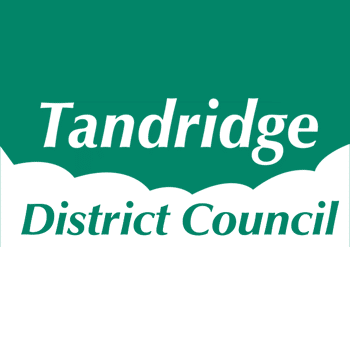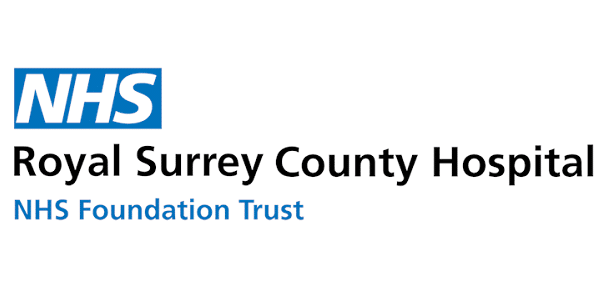Latest News
With the clocks changing and nights drawing in, motorists urged to watch out for deer this autumn
10th October 2019

Motorists are being warned about the heightened risk of deer-vehicle collisions this autumn.
The upcoming clock change will mean deer movement will coincide with peak commuting hours, increasing the likelihood of drivers seeing and colliding with a deer.
We urge drivers to be more aware during this time of year and take note of the following advice:
- When you see deer warning signs or are travelling through a heavily wooded or forested stretch of road, check your speed and stay alert.
- If your headlights are on, use full-beams when you can; but dip them if you see deer, as they may ‘freeze’.
- More deer may follow the first one you see so be alert if you see one at first.
- Be prepared to stop. Try not to suddenly swerve to avoid a deer. Hitting oncoming traffic or another obstacle could be even worse.
- If you have to stop, use your hazard warning lights.
There are around two million wild deer in the UK. October to December is considered a high-risk period as deer will be on the move for the autumn mating season, also known as the rut. The highest risk of a deer-vehicle collision occurring is said to be between sunset and midnight, and the hours shortly before and after sunrise.
Across the UK it is estimated that there are about 70,000 deer-related motor vehicle accidents a year, resulting in 400 to 700 human injuries and 20 deaths.
CLA South East represents thousands of landowners, farmers and rural businesses in Kent, Hampshire, Surrey, Sussex, Berkshire, Buckinghamshire, Oxfordshire and the Isle of Wight.
Acting Regional Director Tim Bamford said: “With the clocks changing soon, motorists should be alert to the risk of deer running in front of vehicles which can happen with little or no warning.
“A collision with a deer can happen at any time of year but the darker evenings in the autumn increase the risk of animals unexpectedly crossing roads and running straight into the line of oncoming traffic.
“Not only is this a welfare issue, but considerable damage can be done to a vehicle if it collides with an animal as large as a deer, and there is the risk that driver and passengers could be injured.
“Remembering how to react when you see deer can reduce the risk of a potentially life threatening accident.
“Stay vigilant, especially during dawn and dusk when the deer are more mobile. The more conservative you are with your speed, the more time you will have to react.”
Advice courtesy of The Deer Initiative:
If you see an injured deer on the roadside
- Pull over at the next safe place.
- Call the police. They will deal with road safety issues and have access to a specialist who will know the best course of action for the animal if it is alive.
If you hit a deer while driving, your priorities in this order are:
- Keep yourself and anyone with you as safe as you can.
- Park your car in the safest place with hazard lights on.
- Consider using your lights to also warn other road users.
- Call an ambulance if human injuries warrant it.
- Call the police.
For more information about the CLA and its work, visit www.cla.org.uk/your-area/south-east/regional-news and follow @CLASouthEast on Twitter.












































